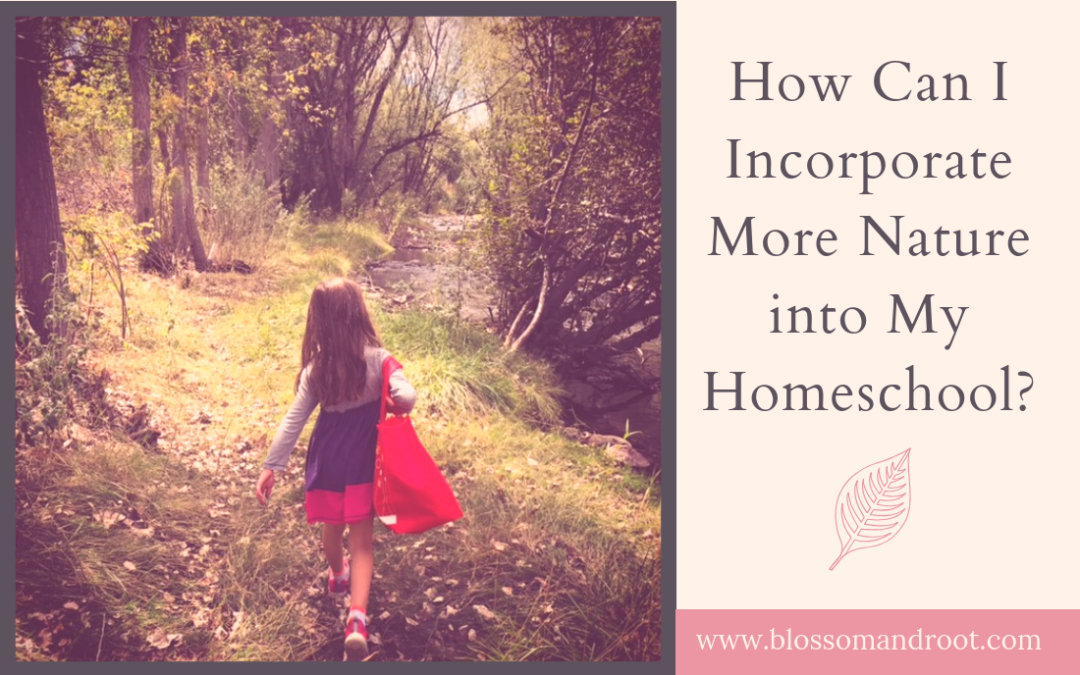The term “nature study” can be a bit of a kaleidoscope. It means different things to different people. Many believe that it applies only to formal lessons on nature-related topics, such as a structured lesson on the life cycle of a beetle.
Sometimes this definition can be disheartening to busy homeschooling families, because it implies that nature study must be another lesson to fit into their already-crammed homeschool schedule. They want to incorporate it, but they can’t imagine squeezing another lesson (and all of the related planning) into their week.
But that is only one way to approach the idea of nature study.
Nature Study in a Charlotte Mason Homeschool
Many families desiring a Charlotte Mason approach in their homeschools will scroll through an Instagram feed, or hop from blog to blog, and see beautifully staged pictures of formal nature study lessons. In one post, there are laminated cards of snowflakes, models of different kinds made with marshmallows and toothpicks, and a chalkboard drawing of the parts of a snowflake. In another, there are workbooks and picture books and felt models depicting tree rings. They’re beautiful, they’re inspiring, and, yes, they can be really fun.
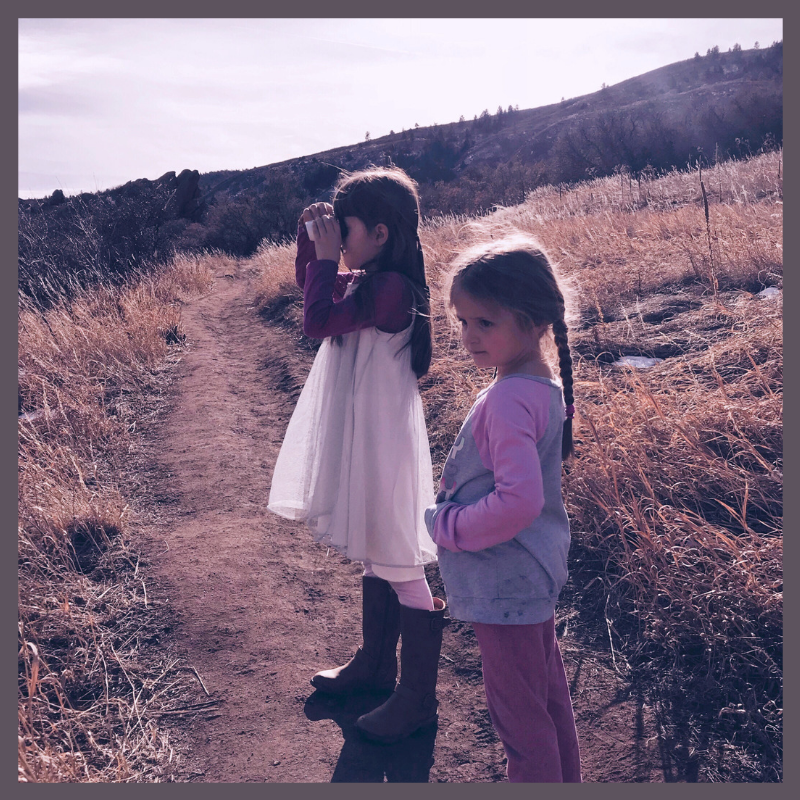
But they aren’t really what Charlotte Mason was talking about. In fact, she described nature study as more of a weekly walk, during which “…the teachers are careful not to make these nature walks an opportunity for scientific instruction, as we wish the children’s attention to be given to observation with very little direction.” (Charlotte Mason, School Education, page 237.)
In fact, the Charlotte Mason approach to nature study is probably one of the easiest to implement. Simply plan a little time each week to take a walk in nature. Encourage observation, but don’t direct. Offer insight or answer questions when something strikes their interest. If you don’t know anything about the item in question, don’t worry–you can look it up when you get home.

Consistent, weekly walks will automatically offer opportunities to notice patterns, changes, and cycles in nature. These needn’t be over-complicated with coordinating lesson plans, laminated flash cards, or anything else. Just walk, observe, and talk together.
Nature as a Classroom Space
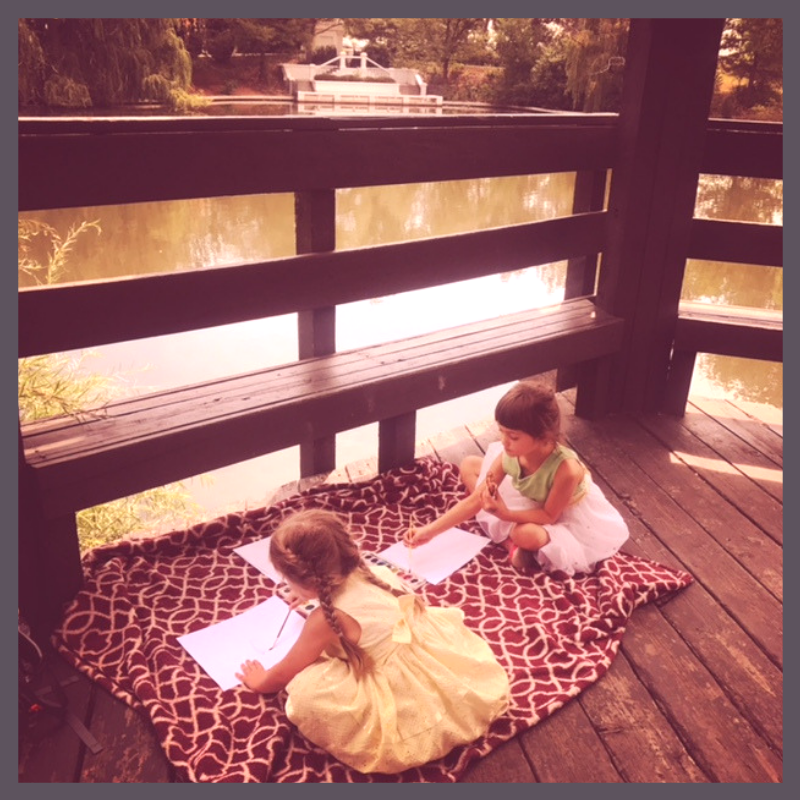
One of my favorite ways to implement “nature study” in our homeschool is simply to conduct class outside whenever we can. I like to load up a backpack with lunches, our supplies and books for the day, and trail essentials (binoculars, magnifying glass, specimen jars) and head out. We do this a lot in the warmer months, seeking shady creekside classrooms where we can ebb and flow between work and wonder seamlessly.
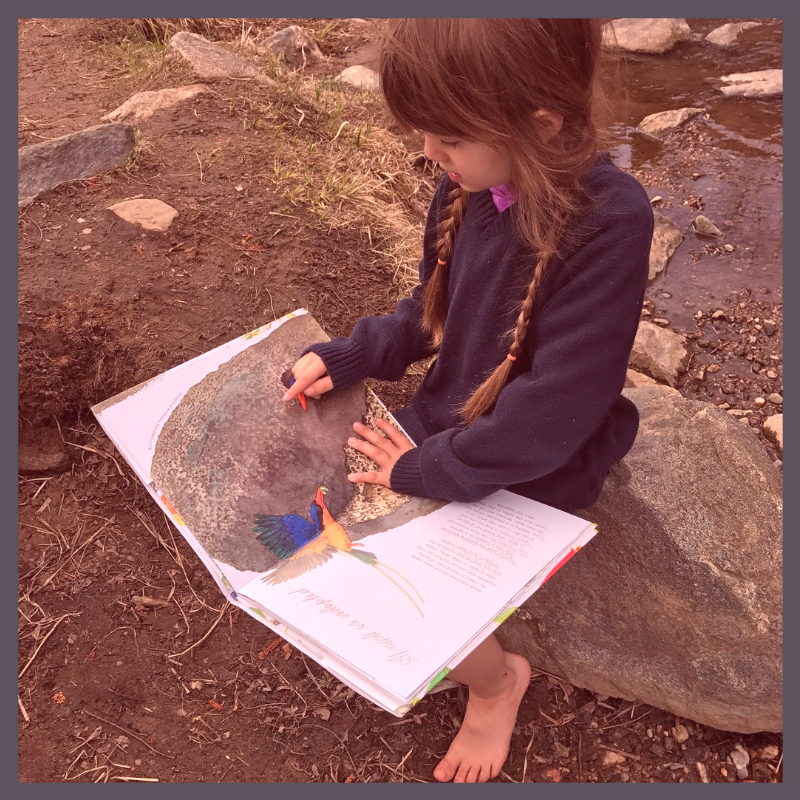
This is also a pretty easy version to implement. The key is to carry only what you really need for homeschool that day, bring plenty of water and snacks, and to adopt a more casual rhythm for the day.
Let Nature Study Come to You
When it comes to nature study, some of the most magical learning moments happen when we just go with the flow. A frosty morning is an opportunity to bundle up before breakfast and study the sparkling formations up close. A bird feeder strategically placed outside the classroom window provides myriad opportunities to learn from winged visitors.

One day last summer, a powerful hailstorm came in suddenly and, for a good twenty minutes, raged all around our little apartment. When the storm passed, I ran outside and filled a bucket with the little stones and brought them back to our balcony for the girls to see. They played with the hailstones, asked me questions about the storm, talked about how cold it had gotten in such a short amount of time, asked me how the stones were made, and wondered aloud about the smell of ozone all around us. An entire afternoon of nature study had basically been hand-delivered to us.
To implement this style of nature study, you need only be willing to pause the regularly-scheduled programming when opportunities arise.
Guided Nature Study with Flexible Resources

If you want to incorporate prompted nature study, but not necessarily formal lessons, there are many great resources available. Here are list of a few options to consider:
- The NaturExplorers Series from Our Journey Westward: contains Christian content, not a secular resource but can be adapted for secular homeschoolers
- Exploring Nature with Children from Raising Little Shoots: contains Christian content, not a secular resource but can be adapted for secular homeschoolers
- Blossom and Root Nature Study from the Kindergarten and First Grade Levels: secular, can be purchased separately from the rest of the curriculum and used for ages 5 to 12
- Blossom and Root Book Seeds: secular; combining nature, literature, and STEAM concepts in themed mini-units such as echolocation and micro-habitats
- Subscription from Firefly Nature School: I am not sure if this resource is secular or not, mini-explorations into different topics like fungi and snowflakes
- Books such as Play the Forest School Way: Woodland Games and Crafts for Adventurous Kids by Jane Worroll and Peter Houghton, and Vitamin N: The Essentials Guide to a Nature-Rich Life by Richard Louv
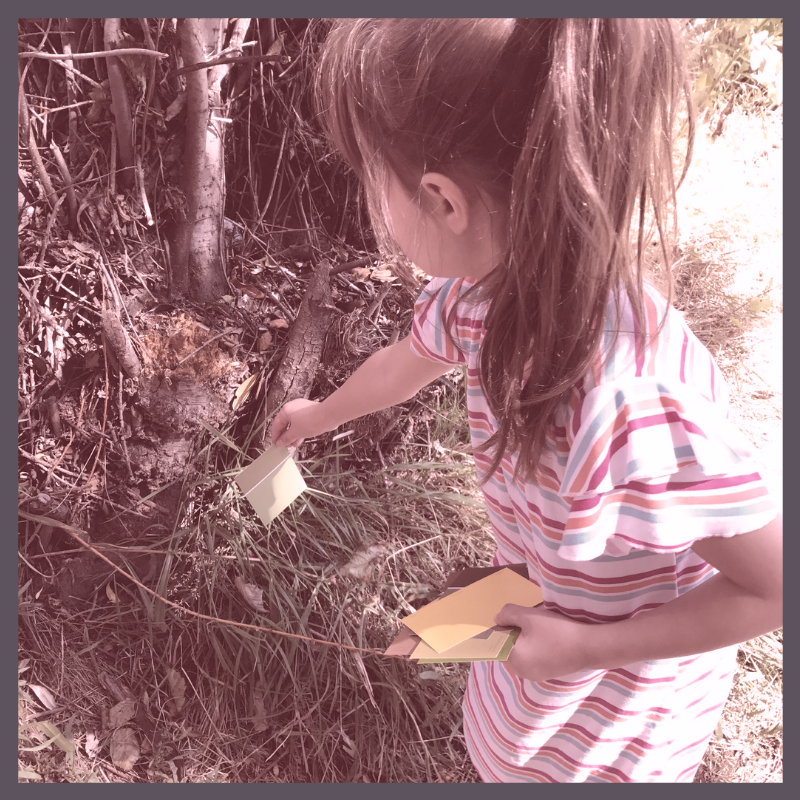
Nature Study Doesn’t Have to Be Complicated
Incorporating nature study into your homeschool can be so effortless and enjoyable. When it comes down to it, nature study is really just active observation of the natural world around us. Many times, we forget how much children can learn without prompting or guidance, especially when it comes to nature. As Charlotte Mason wisely said, “we are all meant to be naturalists, each in his own degree, and it is inexcusable to live in a world so full of the marvels of plant and animal life and to care for none of these things.”
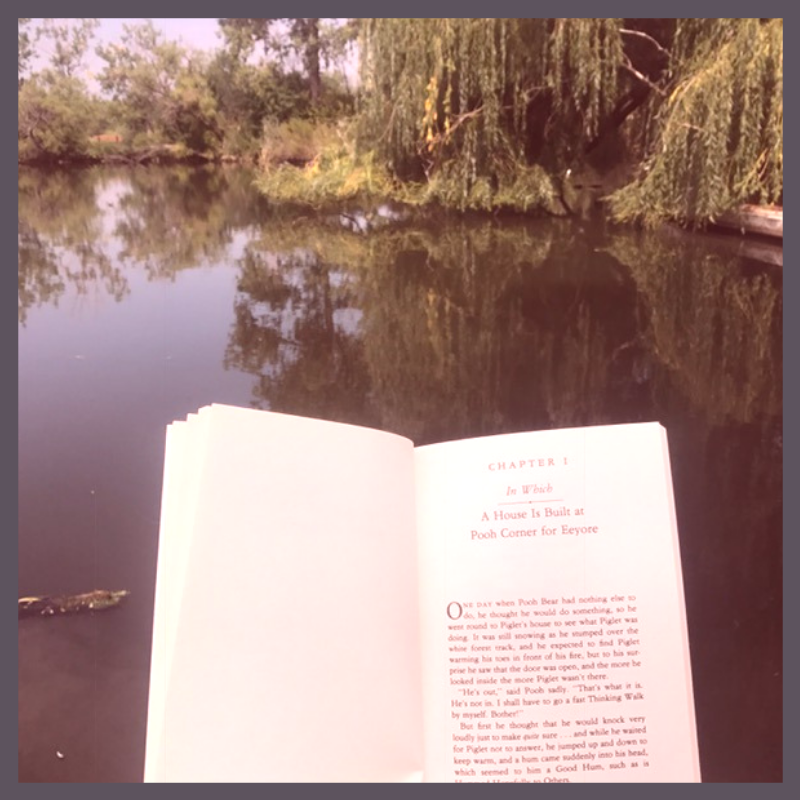
What are your favorite ways to implement nature study in your homeschool?
Get Your FREE Trial Issue of Book Seeds By Blossom & Root!

This FREE issue, inspired by the book The Three Sunflowers by Janet Lucy, includes two weeks of activities including nature study, STEAM, art project, recipe, and exploring language and poetry. Suitable for ages 3 - 8. Grab yours today!

